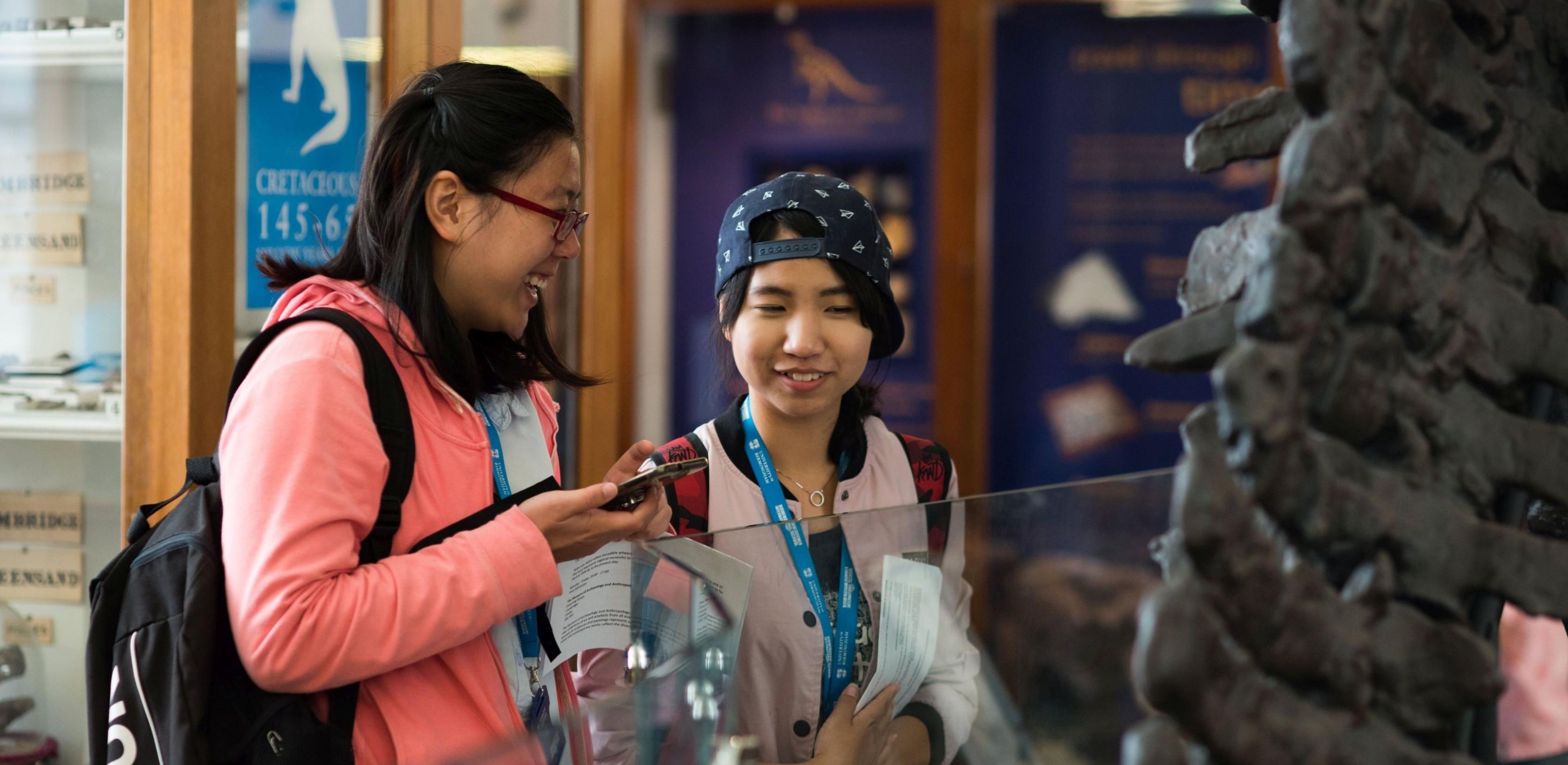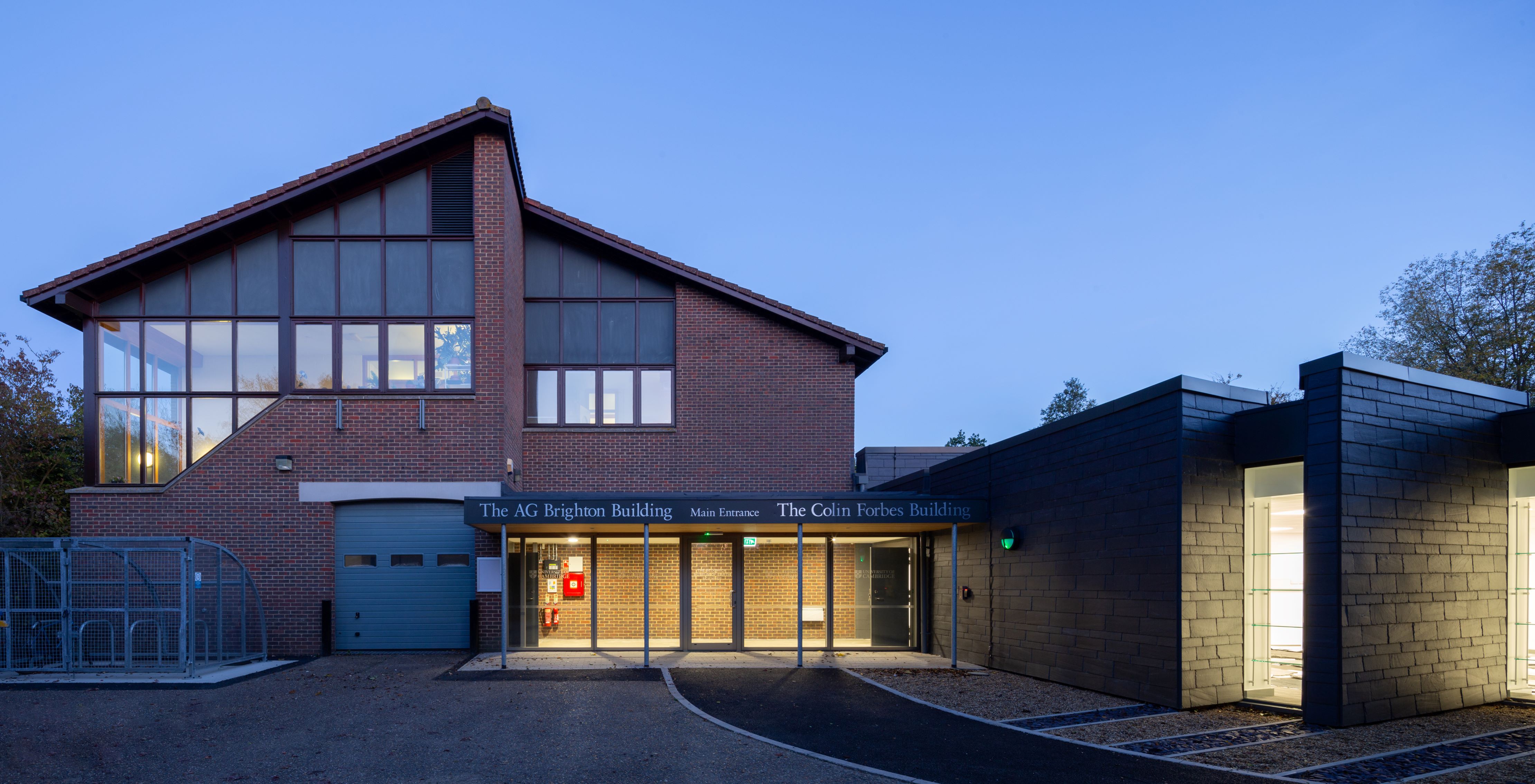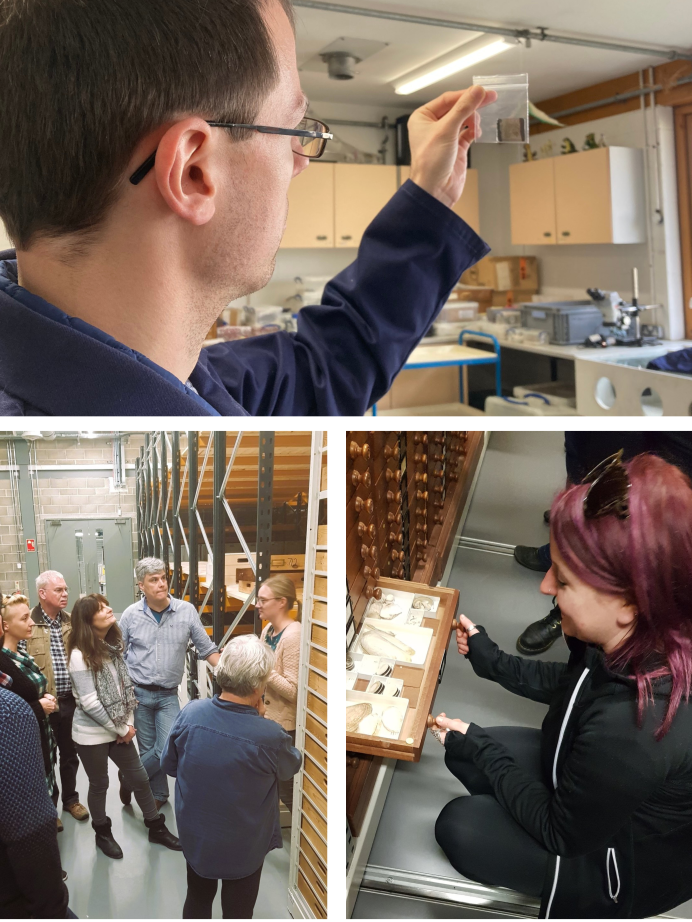
Submitted by Dr C.M. Martin-Jones on Tue, 09/04/2024 - 14:29
Research England has announced that it will support nine of the University’s museums and collections, including the Sedgwick Museum, with £3m a year of Higher Education Museums, Galleries and Collections (HEMG) funding, over the coming five years.
The Sedgwick Museum — which houses more than 1.5 million geological objects of international importance in its new state-of-the-art Collections Research Centre— has been awarded £210,000 a year.
The Sedgwick is one the world's longest established research geological collections, having been a repository for fieldwork collections for more than 350 years. The Museum’s specialist staff provide researchers from around the world with access, advice and information about the rock, fossil and mineral collections, and the important historical archive that accompanies them.
The collections include material collected by important scientific figures including Charles Darwin, Mary Anning, Adam Sedgwick, John Stevens Henslow and Alfred Harker, as well as from sites that are no longer accessible or have been destroyed. They are also an invaluable resource for understanding how biodiversity and climate have changed through time, understanding fundamental Earth and planetary processes, the human impact on environment, and the sustainable extraction of natural resources.
The new funding will enable the Museum to respond effectively to the growing recognition of Earth science’s central role in addressing global challenges, while at the same time inspiring the next generation of scientists through its public and schools programmes.
The new Collections Research Centre houses many of the 1.5 million objects in the Museum's collections.
Dr Liz Hide, Director of the Sedgwick Museum of Earth Sciences, said: “I’m delighted that Research England has recognised the strength of the Sedgwick’s collections and their importance to the UK and international research landscape.”
“Over the next five years, this new investment will be transformative for the Sedgwick Museum, ensuring researchers can fully utilise our new Collections Research Centre, and enabling our outstanding collections to inspire many new avenues of research across both the sciences and the humanities,” said Hide.
“The Sedgwick Museum houses some of the world’s most scientifically and historically important geological, mineralogical and palaeontological specimens,” said Professor Rich Harrison, Head of the Department at Cambridge Earth Sciences, “This new funding will transform the research potential of these unique collections, securing the resources we need to make samples accessible to researchers across the globe.”
The Museum’s specialist staff working with the collections and hosting visitors at the Collections Research Centre.
“I’m delighted that Research England has made such a strong statement of support for collections-based research at Cambridge, particularly in a challenging funding landscape,” said Kamal Munir, Pro-Vice-Chancellor for University Community and Engagement.
Together, the University’s Museums care for the country’s highest concentration of internationally significant collections outside London, with more than five million works of art, artefacts and specimens.
These collections play a fundamental role in delivering the University’s mission to contribute to society through the pursuit of education, learning and research at the highest international levels of excellence and encompasses collaboration with and support of world-renowned researchers, game-changing research-led exhibitions and wide-ranging inclusion and learning programmes, promoting wellbeing, creativity and connectivity.
Read more about the Collections Research Centre on our blog.
Adapted from a University of Cambridge story.


